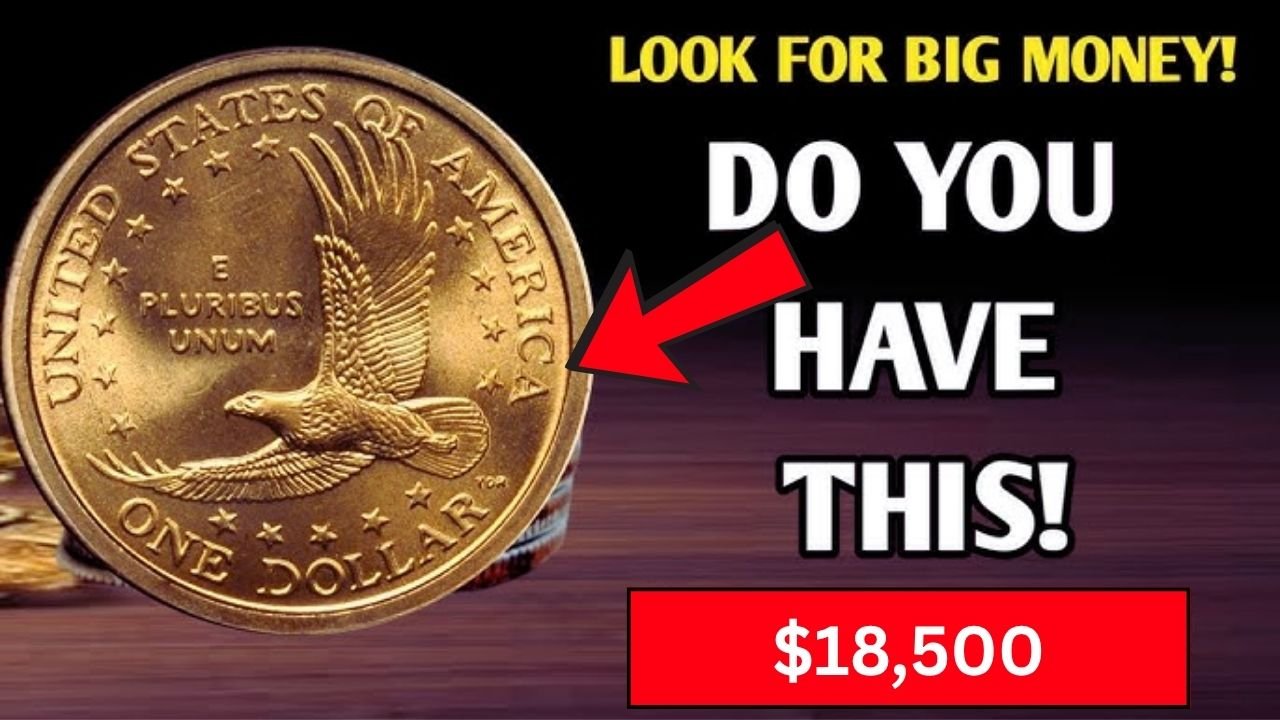A Rare Discovery in Texas
A man in Texas got a big surprise when he looked through an old wallet. He found a shiny gold-colored coin that he thought was just a regular dollar. It turned out to be a special 2000 Sacagawea dollar with what collectors call the Cheerios reverse. This coin is worth a lot of money now, around 18,500 dollars. The man had no idea it was there for years. He decided to check it out after hearing stories about valuable coins hiding in plain sight. Experts say finds like this happen more often than people think, especially with coins from old promotions.
The Story Behind the Find
The wallet belonged to the man’s family, and the coin might have come from a box of Cheerios cereal back in 2000. He took it to a coin shop first, where they told him it looked different from normal Sacagawea dollars. Excited, he sent it to a professional grading service called PCGS. They looked at it closely and confirmed it was real. The coin was in good shape, with no big scratches or wear. This made its value go up. The man plans to sell it at an auction soon. He said it feels like winning a small lottery without buying a ticket.
What Sets the Cheerios Reverse Apart
This coin gets its name from a fun promotion between the U.S. Mint and General Mills, the company that makes Cheerios. In early 2000, they put about 5,500 Sacagawea dollars into cereal boxes to get people excited about the new coin. These special ones have extra details on the back, like bold lines in the eagle’s tail feathers. Regular Sacagawea dollars have flatter feathers. The artist Thomas Rogers designed the back, and this version was a test pattern that ended up in the boxes by mistake. Only a small number of these have been found over the years, making them hard to get.
Authentication and Market Value
PCGS gave the coin a high grade because it was almost like new. Similar coins have sold for over 20,000 dollars if they are perfect. The value comes from how rare it is and the story of the cereal box giveaway. Coin experts say the market for these is strong right now. People love items with a bit of history. If you find one, do not clean it or touch it too much. Get it checked by pros to keep its worth high. This Texas find shows that everyday stuff can hold hidden treasures.
History of the Sacagawea Dollar
The Sacagawea dollar came out in 2000 to honor a Native American woman who helped explorers Lewis and Clark. The front shows her face with a baby, designed by Glenna Goodacre. The back has an eagle flying. The Mint made millions of them, but most are worth just one dollar. Special ones like this Cheerios type stand out because of the promotion. Over time, collectors have hunted for them in old change or at garage sales. The U.S. Mint still makes Sacagawea dollars today, but the early ones are the most interesting.
Tips for Spotting Valuable Coins
If you want to look for something like this, start with any Sacagawea dollars you have. Use a magnifying glass to check the eagle’s tail on the back. Look for extra diagonal lines in the feathers. That is the key sign of the Cheerios reverse. Also, check the date; it should be 2000 from Philadelphia, marked with a P. Have a trusted grader look at it if it matches. Many people miss these because they look like regular money. Stories like the Texas wallet find inspire folks to dig through their pockets and drawers.
Recent Trends in Coin Collecting
Lately, more people are getting into coins because of social media and news about big sales. One error coin mixing a Sacagawea dollar and a quarter sold for hundreds of thousands. The Mint is even making a gold version in 2025 to celebrate 25 years. It will cost about 2,175 dollars and be limited. Finds like this wallet coin keep the hobby alive. Experts predict values will stay high as fewer turn up. It is a reminder that history can be worth a fortune.
| Coin Specifications | |
|---|---|
| Year | 2000 |
| Mint Mark | P (Philadelphia) |
| Obverse Designer | Glenna Goodacre |
| Reverse Designer | Thomas D. Rogers Sr. |
| Composition | Manganese-brass clad |
| Diameter | 26.5 mm |
| Weight | 8.1 grams |
| Estimated Values by Condition | |
|---|---|
| Good Condition | $5,000 – $10,000 |
| Excellent Condition | $15,000 – $20,000 |
| Perfect Condition | Over $20,000 |
